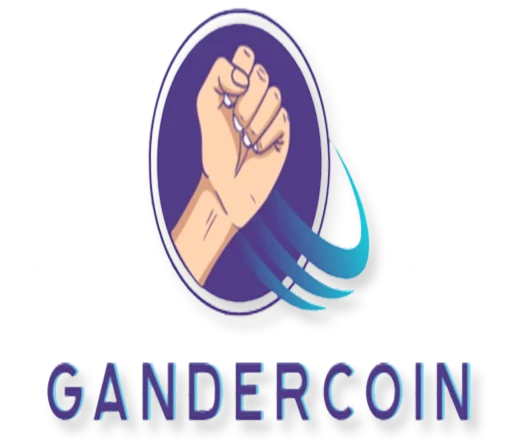GanderCoin (GAND) FAQ
GanderCoin is a state-of-the-art digital currency system designed for peer-to-peer transactions. It proudly stands as India’s first cryptocurrency, launched with the vision of transforming the payment landscape. Utilizing advanced Scrypt cryptography, GanderCoin ensures secure and efficient transactions. Its decentralized finance (DeFi) model facilitates direct online payments between individuals, bypassing traditional banking systems. This setup ensures that transactions are time-stamped and recorded in a proof-of-work blockchain, creating a permanent and tamper-proof ledger.
GanderCoin operates on a Proof of Work (PoW) system, a decentralized consensus mechanism that rewards miners for maintaining the network’s security and integrity. Mining GanderCoin involves solving complex mathematical problems using powerful computers, which enhances the security of the network. By leveraging blockchain technology, GanderCoin eliminates the need for centralized financial institutions. This distributed ledger system ensures that all transaction data is encrypted and stored in an immutable chain of blocks, allowing users to conduct transactions globally at any time. Additionally, GanderCoin supports high transaction speeds, processing up to 100,000 transactions per second, making it one of the fastest cryptocurrencies in the market.
As of 2024, GanderCoin has not been listed on any major cryptocurrency exchanges, and therefore, price data is currently unavailable. However, its initial listing price was set at 10 rupees (approximately 0.13 USDT). Once listed on exchanges, GanderCoin’s price will be updated in real-time, reflecting its market value.
The investment potential of GanderCoin depends on various factors, including individual risk tolerance and investment goals. Cryptocurrencies are known for their high volatility, making them suitable for investors who are willing to undertake significant risk. It is crucial to conduct thorough research on GanderCoin, including its white paper, the background of its development team, tokenomics, and the overall market environment before making any investment decisions. Understanding the inherent risks and potential rewards of investing in cryptocurrencies is essential.
Currently, GanderCoin is not available for purchase on major cryptocurrency exchanges. However, it can be traded through Over-the-Counter (OTC) transactions, which involve significant risks. Prospective buyers are advised to conduct comprehensive research and fully understand these risks before engaging in any OTC trading activities involving GanderCoin.
At this time, no cryptocurrency exchange supports futures contracts or ETF trading for GanderCoin, making it impossible to short this digital asset.
Predicting the future value of GanderCoin is challenging due to the volatile nature of the cryptocurrency market. Several factors can influence its price, including regulatory developments, technological advancements, market sentiment, and the overall growth and adoption of the GanderCoin ecosystem. While it is difficult to provide an accurate forecast, staying informed about market trends and developments within the GanderCoin project can help investors make educated predictions.
The cryptocurrency market in 2024 continues to evolve with significant advancements and regulatory changes. Blockchain technology is being increasingly adopted across various sectors, including finance, supply chain management, and healthcare. Cryptocurrencies like Bitcoin and Ethereum maintain their dominance, but newer coins like GanderCoin are gaining attention due to their innovative features and potential use cases.
Decentralized Finance (DeFi) remains a major trend, providing decentralized solutions for financial services traditionally managed by centralized institutions. The introduction of Central Bank Digital Currencies (CBDCs) by various countries is also shaping the future of digital currencies, highlighting the need for regulatory frameworks to ensure stability and security in the crypto market.
In 2024, investors are focusing on projects with strong fundamentals, transparent governance, and innovative technology. GanderCoin, with its focus on secure transactions, high-speed processing, and decentralized finance, positions itself as a promising player in the evolving crypto landscape. However, as with any investment, it is crucial to remain informed and vigilant about market developments and potential risks.
